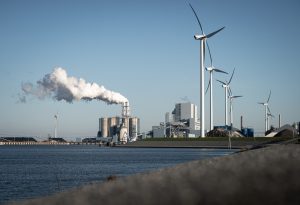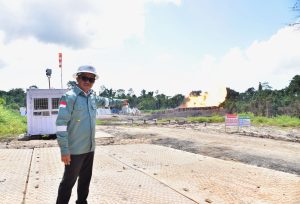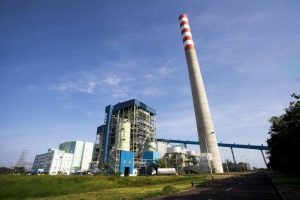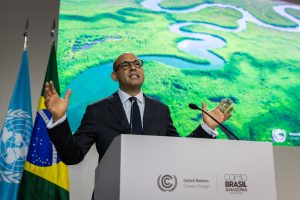Jakarta—Climate change is expected to significantly reduce global food production, and current adaptation efforts by farmers will not be sufficient to prevent severe losses, according to a new study published in Nature on June 18.
This is the first global empirical analysis to quantify how real-world farmers across more than 12,000 regions are already adjusting their practices in response to rising temperatures and how these adaptations affect future food security. The study focuses on six key staple crops—cassava, maize, rice, sorghum, soybean, and wheat—that together account for most of the world’s calorie intake.
While some climate models, especially process-based ones, have projected resilience due to assumed optimal adaptation, this study finds otherwise. Even after factoring in observed adaptive behaviour and income growth, the researchers project significant reductions in crop yields—especially for soybean, wheat, and maize—by the end of the century.
“A key finding is that global populations exhibit extensive adaptation to climate already, especially in relatively low income and hot regions of the world—with the exception of the world’s poorest, who depend heavily on cassava and face higher potential losses,” the authors, led by Andrew Hultgren from the University of Illinois Urbana-Champaign, said.
The most significant projected losses, the study finds, will occur not in the poorest regions, but in the world’s “breadbaskets”—high-production areas like North America and Europe that have favourable climates but currently show limited adaptation. Because these regions dominate the global food supply, their vulnerability poses a major risk to global food security.
The authors also warn that poorer regions will suffer more destabilising effects from climate-induced food shocks, due to their limited ability to absorb rising prices or secure alternative food sources.
In economic terms, the study estimates the “partial social cost of carbon” (SCC) for agriculture—essentially, the monetary damage from one ton of CO₂ emissions—as between USD 3.08 and USD 6.84 per ton, far lower than previous estimates that didn’t account for real-world adaptation. However, the authors caution that this still underrepresents the true cost, as it does not include livestock, non-staple crops, or the disproportionate impact on the global poor.
The study highlights the importance of investing in crop innovation, promoting equitable access to adaptive technologies, and refining climate models to accurately reflect the realities of agricultural practices. Without it, the risk to global food security will only grow.
“Notably, innovation has contributed positively to average yield trends in many regions, which will probably continue into the future in some form,” the study says. (Hartatik/nsh)
Banner photo: Image generated by OpenAI’s DALL·E via ChatGPT (2024)















